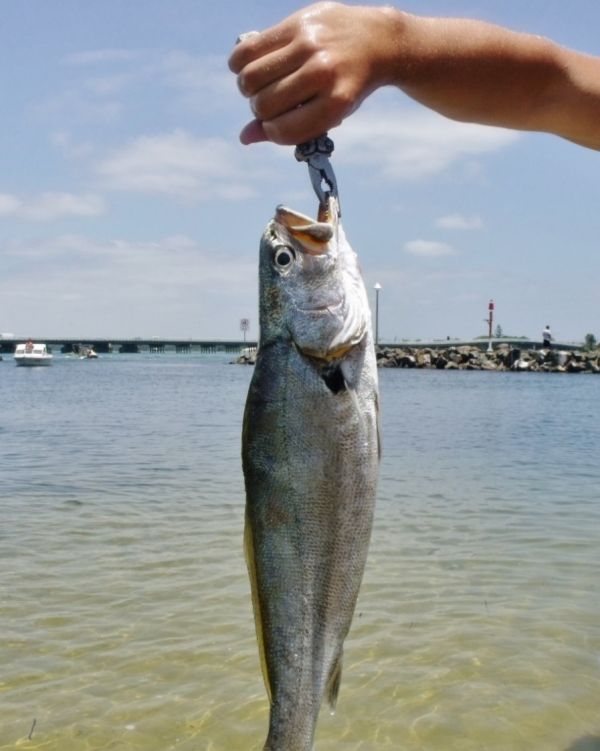Latest News
FISH’N'TIP Just When You Thought You Knew Everything About Fishing Part 1
Thursday, 24 March 2016
Blake Hudson sent in this informative read which will help anglers see released fish swim off in the best possible shape and also see the ones kept for the table are in outstanding condition.
Most of the points I knew well, but several were an eye opener. But importantly most are not known or appreciated by the many of today’s recreational anglers.
Whist of course some of these practices are not possible or essential in all scenarios there is much food for thought from Blake, and I will be adding a few of his ideas to my fishing outings.
It’s a fascinating and important read, here’s Blake:
Just When You Thought You Knew Everything about Fishing
Part 1: Introduction
With an abundance of comprehensive articles adorning every issue of fishing magazines suggesting tackle, bait, and location for target species, this month comes with it a fresh offering of information concerning actual fish handling as opposed to simply how to get them in the box. Welcome to the first installment of a four part series focused on such issues – particularly the many benefits associated with proper handling technique – as well as an easy to follow and even easier to implement ‘how to’ guide. Primarily, these benefits are about maximizing the quality of catch we take home for our dinner tables, while ultimately, they highlight the importance of proper handling as a major contributor to sustaining the longevity of our beloved fishing as a whole.
I’m not alone when it comes to hearing tales of a time not too long ago, when the local river, beach or home reef used to yield a plentiful bounty. These abundant times create a stark comparison to the meagre hauls of today. You may yourself have even experienced such dilemma, with your favourite secret spot of yesteryear now not so secret and conceivably hardly worth the effort. With the advent of superior fishing equipment of all descriptions and an abundance more lines in the water, it comes as no surprise then (as science suggests) we face an uncertain future regarding the endurance of our cherished, somewhat dwindling fish stocks.
There are a multitude of sins that could possibly be blamed as contributors to this obvious decline: pro boats and half a century of insufficient quota controls; estuary netting and the decimation of the start of the food chain; trawlers and the annihilation of bi-catch; pollution and resulting ecosystem degradation; and then the ever present climate change on the tips of even the most solid of cynics tongues. However, not all is doom and gloom. For if each and every one of us live up to our certain obligation in playing part to maintain such precious resource, we may indeed leave for future generations much more in the water than just plastic, garbage, and a perilous assortment of snagged and tangled fishing gear.
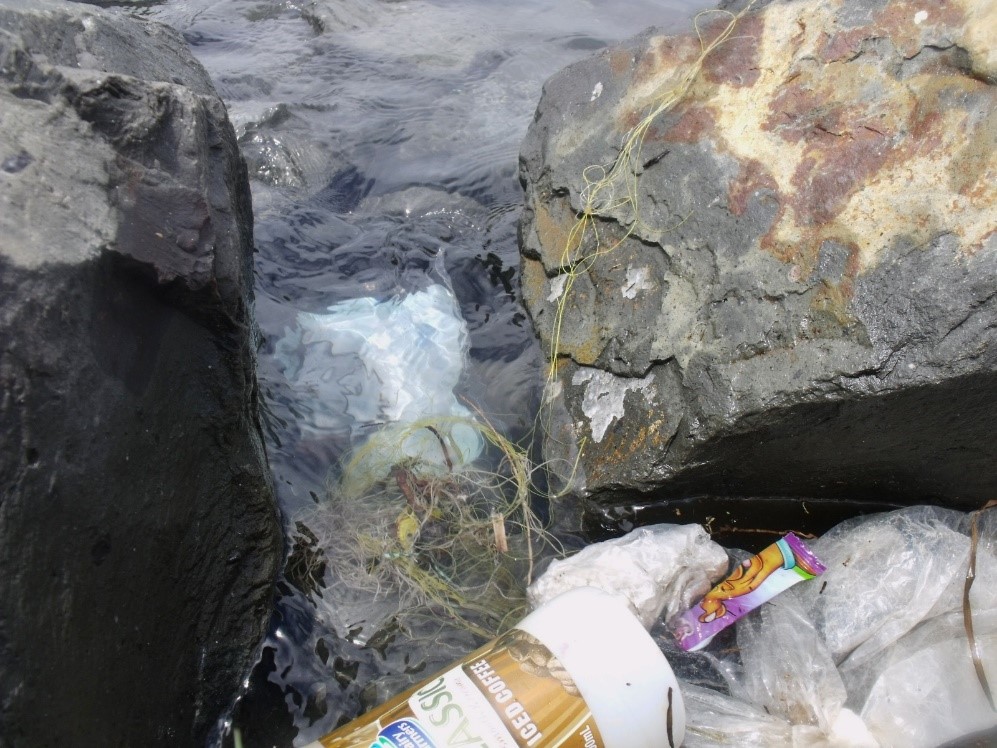
An all too familiar scene along our coastal and inland waterways
As responsible anglers, our obligation extends much further than just sticking to bag limits, returning undersize catch and removing our rubbish from our designated place of fishing. It is about respect. Respect on many levels that require no sugarcoated highlighting here. And how am I qualified to educate on the subject you ask? Because I learnt the hard way. Many years on professional wetliners (not to be confused with longliners) in the Indian Ocean under the guidance of a split-personality, short fused Trojan of a skipper. Now I’ll readily admit that this was a steep learning curve for a bloke that had fished much of his young life and was already well cemented in his fishing ways. But when we see a better way of doing things – a more streamlined, more sophisticated, superior way – we ultimately adapt, lest be left behind.
What was learnt from that first season alone, completely altered not only my fishing technique and approach, but my entire attitude to fishing in general into perpetuity. I fondly remember the very first morning, steaming in the pitch black at around 18 knots, barely comprehending the workings of the deck between alternate rantings, orders and warnings from the other two deckhands, when the skipper appeared from the wheelhouse; stern, weathered face and a fresh cup of coffee smoldering in his calloused hand.
‘So you like fishing do ya?’ he bellowed, so as to be heard over the roar of the twin 500hp engines.
‘Yes sir!’ I replied, ‘Fished all my life I have! Before school, after school…anytime I could really!’ I exclaimed.
‘So you know a bit about fishing then?’ he gruffly enquired.
‘Sure do’, I replied with confidence.
‘That’s great mate. But I want you to do one thing.’
‘What’s that?’
‘Forget everything you’ve ever learnt about fishin son,’ he scowled, ‘Because there’s only one way to do it…and this is it!’
Respect
The first thing that the skipper reinforced with a thud, was that contrary to popular belief, fish are uniquely fragile, and most certainly, should dead or alive – always be handled with extreme care and respect.
He went on to explain that a fish has never experienced numerous things that we experience ‘on the hard’ and take for granted every day. The most significant of these being:
A fish has never experienced the full force of gravity. They spend their life suspended in an unusual scientific compound called ‘water’.
A fish has never experienced heat. I don’t mean the kind of heat they might experience with the change in temperature of a warm ocean current or sun bathing in the shallows. I’m talking about a human hand around 37°C or the scorching bottom of an aluminium boat that is like a hot poker on their delicate scales. Most anglers are completely unaware that highly sensitive layers of outer skin completely cover the exterior of fish’s scales – rather than underneath them!
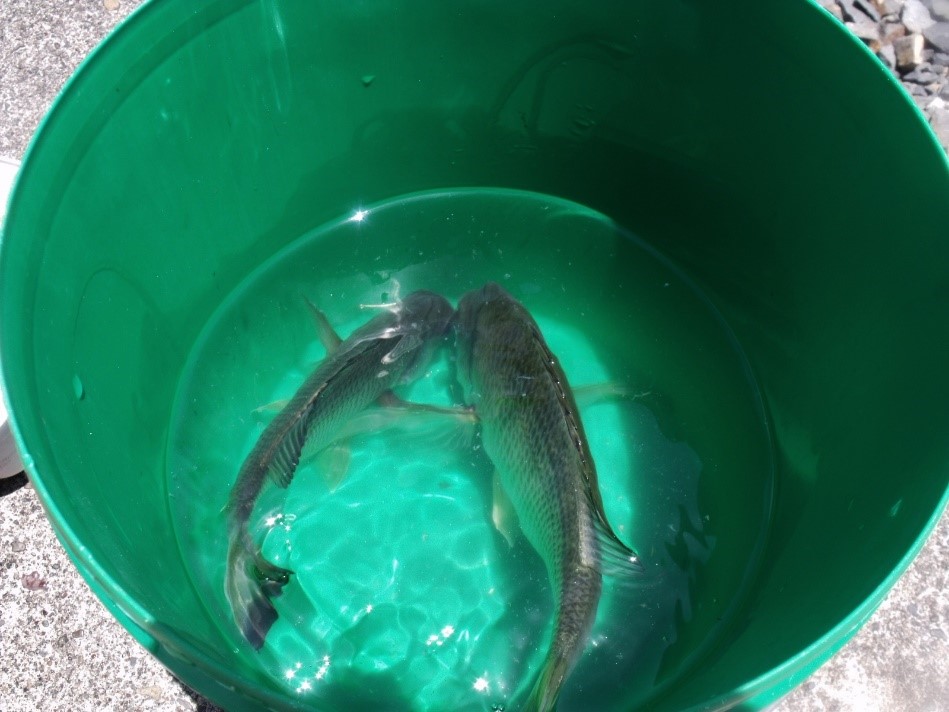
Sitting in a hot shallow bucket is a sure recipe for a stressed animal
A fish has never experienced anything hard or dry. Fish will often use rock or reef to scratch an itch but they have never had to endure metal or fiberglass or wood or a bucket, and certainly have never experienced anything dry. Is it any wonder they flip about?
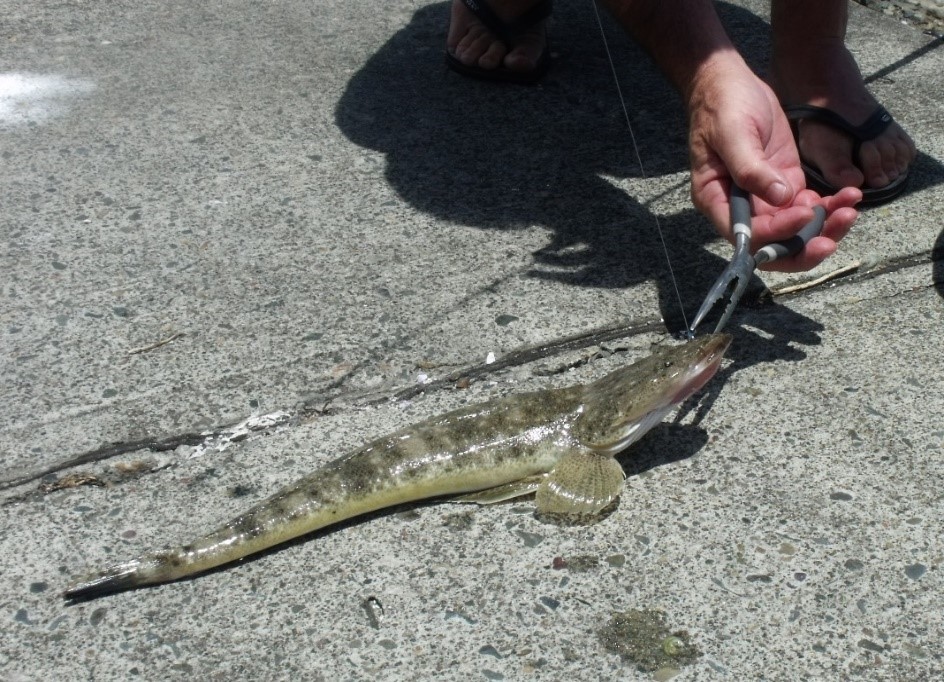
Fish have never experienced the scorching temperature of the day
– or anything hard!
Fish have never been held by the mouth or the tail. This in particular was an absolute pet hate of the Skipper and completely intolerable no matter what the size of the fish. From a mullet to a Marlin. Dead or alive, a fish held by the mouth or tail is an absolute No, No!
- Holding a Live Fish by the Mouth: using lip grippers or other alternatives, all too often results in vertebrae separation or tearing of the lip completely.
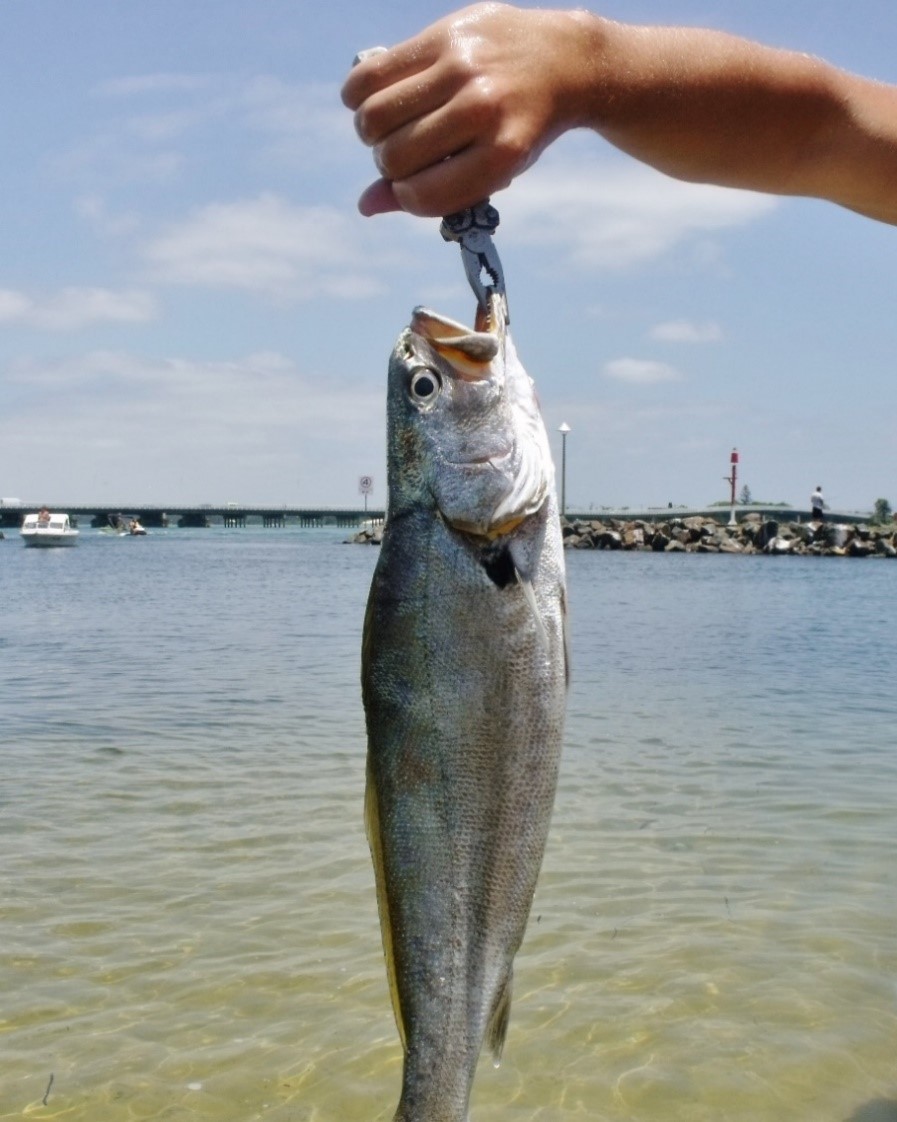
There are far better alternatives than lip grippers or pliers
- Holding Live Fish by the Tail: is similar to lifting a person off the ground by the head – it’s dangerous! It stretches the spinal discs and vertebrae of a live fish which is dangerous for their health and quite probably the future of the animal.
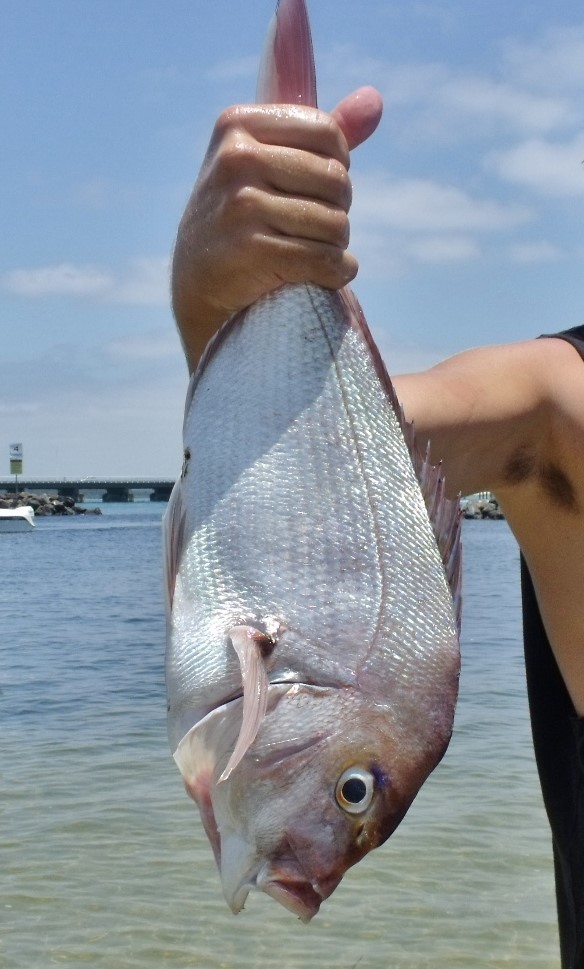
Dead or Alive – fish should NEVER be held by the tail
- Holding a Dead Fish by the Tail: a dead fish that is set with Riga mortise if held by the tail can still release toxins built up in the spine (once separated under load of its own weight) and disperse them into the flesh, thus greatly affecting the taste.
‘Most anglers are unaware that highly sensitive layers of outer skin completely cover the exterior of fish’s scales – rather than underneath them!’
(There is of course a correct way to hold fish, both dead and alive, and this simple technique will be explored in detail in part 2 of this series, ‘Landing Your Catch’).
Fundamental to success was the second requirement of the working deck, which was strictly without exception and under no circumstances negotiable. It was, without apology, that fish were to be sorted and processed swiftly and smartly, or once again risk the wrath of the temperamental skipper. You see in any 5 minute period, unbelievably, there could be anywhere up to 80 fish being landed carefully upon the kill tables. Mainly the target species Pink Snapper (Pagrus Auratus), but amongst it there could be a 25kg Amberjack, one or two spangled emperor, a cod that would only just fit in a sleeping bag, and a couple of crazed tailor as big as cricket bats just to keep things interesting. Throw a hyperactive yellowfin into the mix, and without keeping the fish calm and eliminating flipping around, this scenario would have been absolute chaos – not to mention so inefficient it probably would have been a complete waste of time.
Fish Out of Water
How did we combat such a problem so as to quickly sort our catch and return the undersize swiftly? Well I will certainly get to that, but for the moment what we need to remember is that every second counts when a fish is out of the water. Researchers discovered that an unfortunate 38% of fish held out of the water for just 30 seconds after a line fight to exhaustion – died. The rate of death increased to a further 72% for fish held out of the water for just 60 seconds (Ferguson and Tufts 1992). Many of these died up to 12 hours later, so assuming once a fish is released if it swims off it is fine…couldn’t be further from the truth. A rule of thumb might be to remember to hold your breath next time you land a fish, and only recommence breathing once the fish is released, because essentially that is what the animal is experiencing.
So this is the crux of the issue and the first point of call for our responsibility as anglers. Return fish that aren’t keepers, swiftly, quickly and carefully to their place of origin. No exceptions. Sure, for those that need to keep an ego well-polished with a photo of the subject critter, it means precious extra seconds out of the water. But if that is your intention, have a camera on standby so said time is kept to an absolute minimum. Based on the statistics from above research, it is not difficult to equate what detrimental effect this has had, and continues to have, from recreational angling alone over say a 10 year period, and what proportion of throwbacks are simply ending up as burley…It is simply not sustainable.
Our second major responsibility cannot be exaggerated and pertains to the respectful treatment of the product we are keeping. Now for most, it may be a case of a fish is a fish is a fish. But if that were true, why perhaps then would coral trout prove an eating preference over bream? Or in regard to bait, why for some would pilchards be a preference over mullet? Truth is, depending upon the way a keeper is treated after landing, may very well result in a final product as varied and diverse in its quality as the very species themselves. The wisdom and power in this statement cannot be underestimated. It can; however, be truly appreciated once implementing a few simple and inexpensive techniques that ultimately result in the best possible eating product that can be achieved, with outcomes that are nothing short of stunning.
‘Truth is, depending upon the way a keeper is treated after landing, may very well result in an eating product as varied and diverse in its quality as the very species themselves.’
Moving forward it is essential that we change our ways and conform to the times. Uncertain times now dictate that each and every one of us must prove ourselves more responsible in the management of recreational fishing into the future. Times that precept we are every part accountable and that we must dismiss certain fishing practice that have long been considered the status quo - like that of fumbling around with a fish with bare hands.
Handling a live fish with bare hands is a practice that usually results with the fish flipping about crazily as the angler tries to subdue the animal – each tight squeeze causing another valiant struggle that quite often sees the prize flying from the supposed experienced hands like a bar of soap, only to end up back in the drink, or in the bottom of the boat, or on the ground where the struggle and flipping continues. Such practice is completely unnecessary – not to mention the damaging, often irreversible air exposure the fish is suffering as every second goes by. And we’ve all done it.
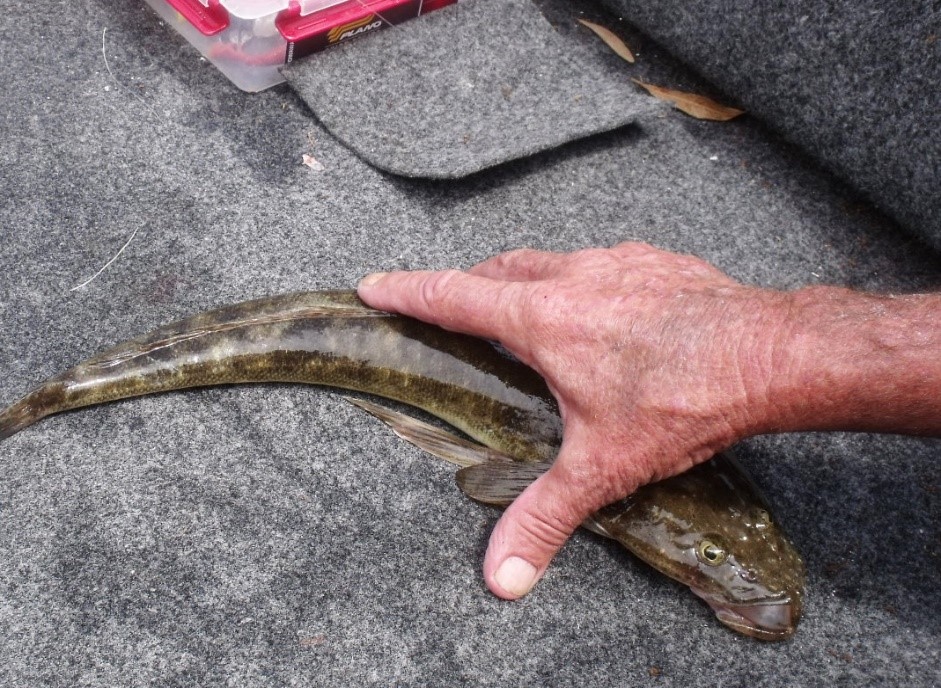
A familiar sight – There is a better way than fumbling with your catch
But the good news is there is a better way. And surprisingly, it is an easier way. An inexpensive way that will require a onetime investment of less than $50 to set up. An overall way that is so straightforward, that if my 10 year old daughter can do it, anyone can adapt to it. A way so simple and time saving that you will actually end up with more valuable time with your line in the water. A way so very sophisticated you will actually be taking home export quality fish to your very own table and be wondering why you hadn’t implemented these techniques years ago. And above all, a way that is vested in sustaining the longevity of fishing for generations to come.
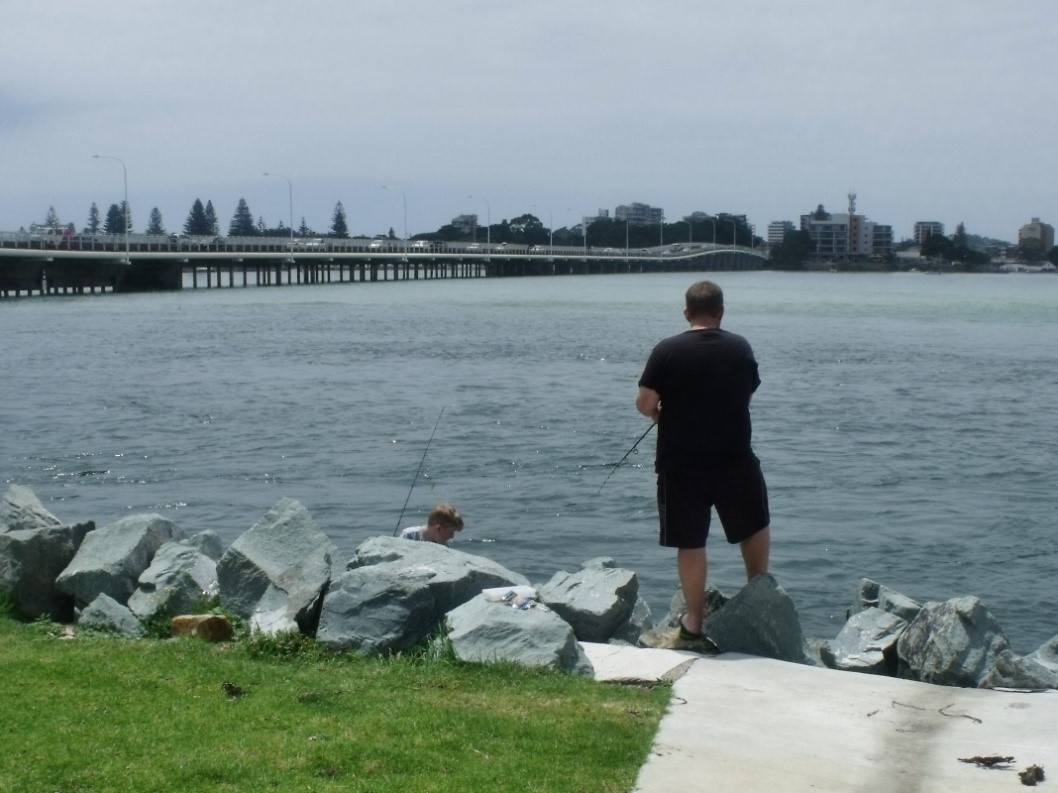
There’s a million reasons to treat fish and the environment with respect...
Most importantly, to sustain our waterways for future generations to enjoy.
So be sure to catch the following 3 parts of this series, as all will be revealed, arming everyone in the wider fishing community with the skills to become a more responsible, sophisticated angler.
Until then, see you in the soup!
Tags Fish handling

